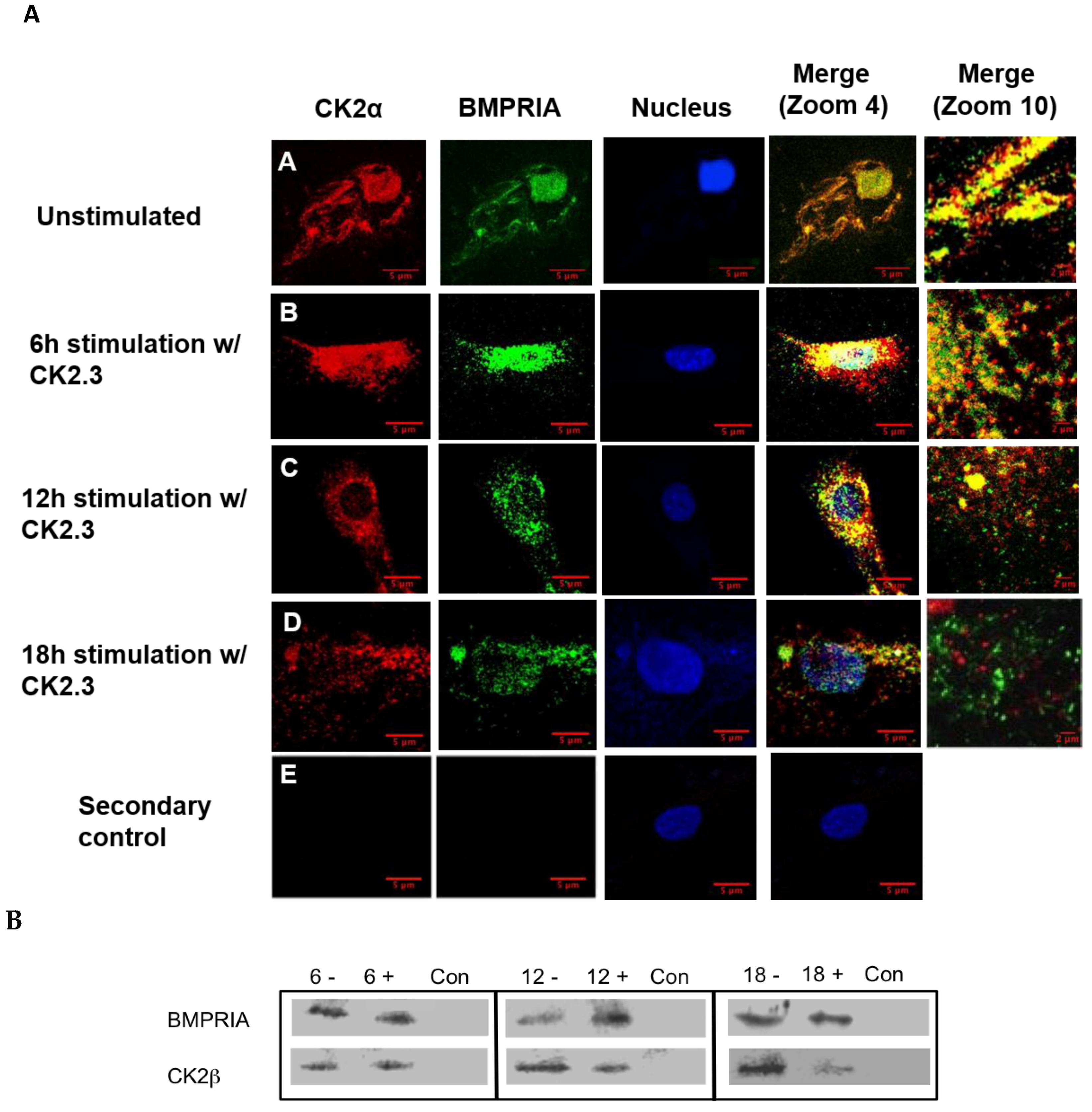

The above results indicated that trehalose metabolism promotes DJ3 formation and helps DJ3 survive at -20 ☌. Further analysis suggested that two trehalose synthesis genes were highly correlated with DJ3 and might be involved in autophagy by regulating with energy conversion related genes. The survival rate of DJ3 at -20 ☌ reduced after silencing of any of these trehalose metabolism genes. A treatment under − 20 ☌ induced the accumulation of trehalose. The expression of these 9 genes was related to the formation of DJ3. To explore the function of trehalose in DJ3 formation and survival under − 20 ☌, a trehalose-6-phosphate synthase encoding gene ( Bx-tps), a trehalose-6-phosphate phosphatase encoding gene ( Bx-tpp) and 7 trehalase encoding genes ( Bx-tres) were identified and investigated.

These pathways included starch and sucrose metabolism, which contains trehalose metabolism. KEGG enrichment analysis showed that most of the genes in the magenta module were involved in metabolic processes, which were related to autophagy and longevity regulation. Among them, the magenta module has the highest correlation with DJ3, which included a total of 652 genes. Weighted correlation network analysis (WGCNA) was used to analyze the expression patterns of 15,889 genes included in 21 RNA-Seq results of PWN at DJ3 and the other 6 different stages, and a total of 12 coexpression modules were obtained. The third-stage dispersal juvenile (DJ3) of PWN, which is a long-lived stress-resistant stage, plays an important role in the process of PWN spreading to low-temperature areas, as this stage can survive under unfavorable conditions. Recently, pine wood nematode (PWN, Bursaphelenchus xylophilus) has been found in the extreme cold area of northeast China.


 0 kommentar(er)
0 kommentar(er)
